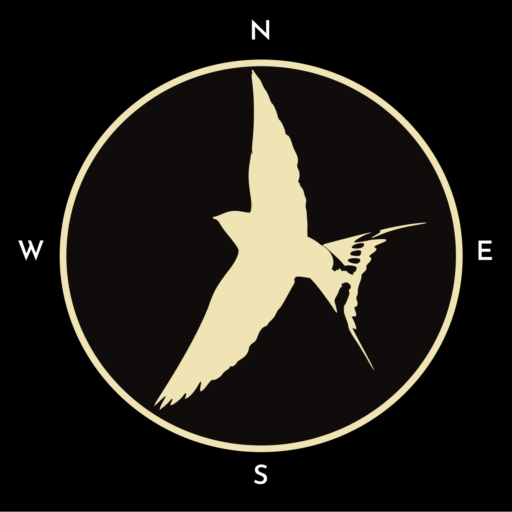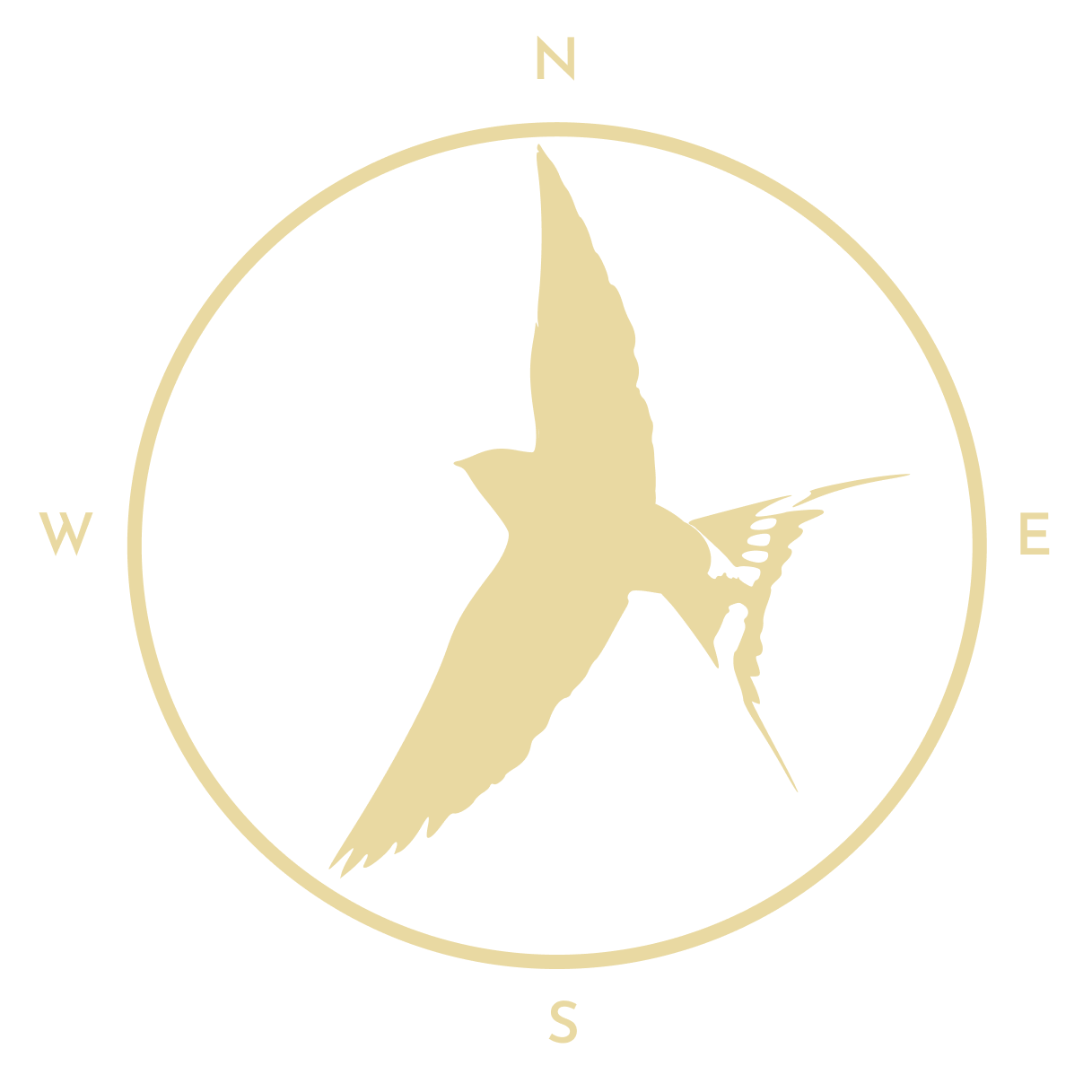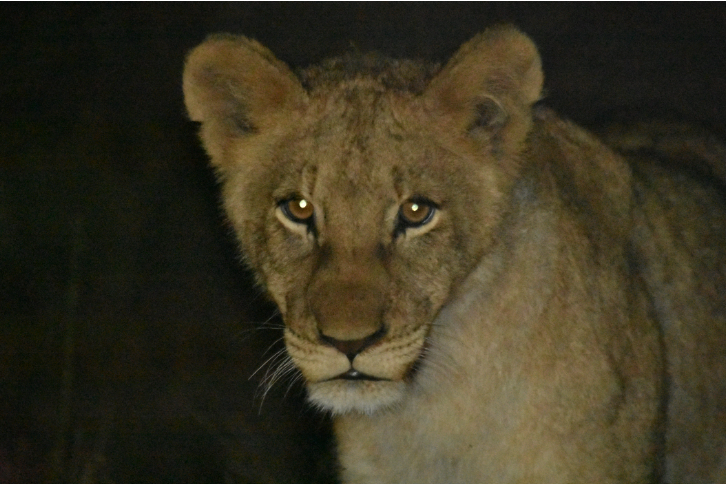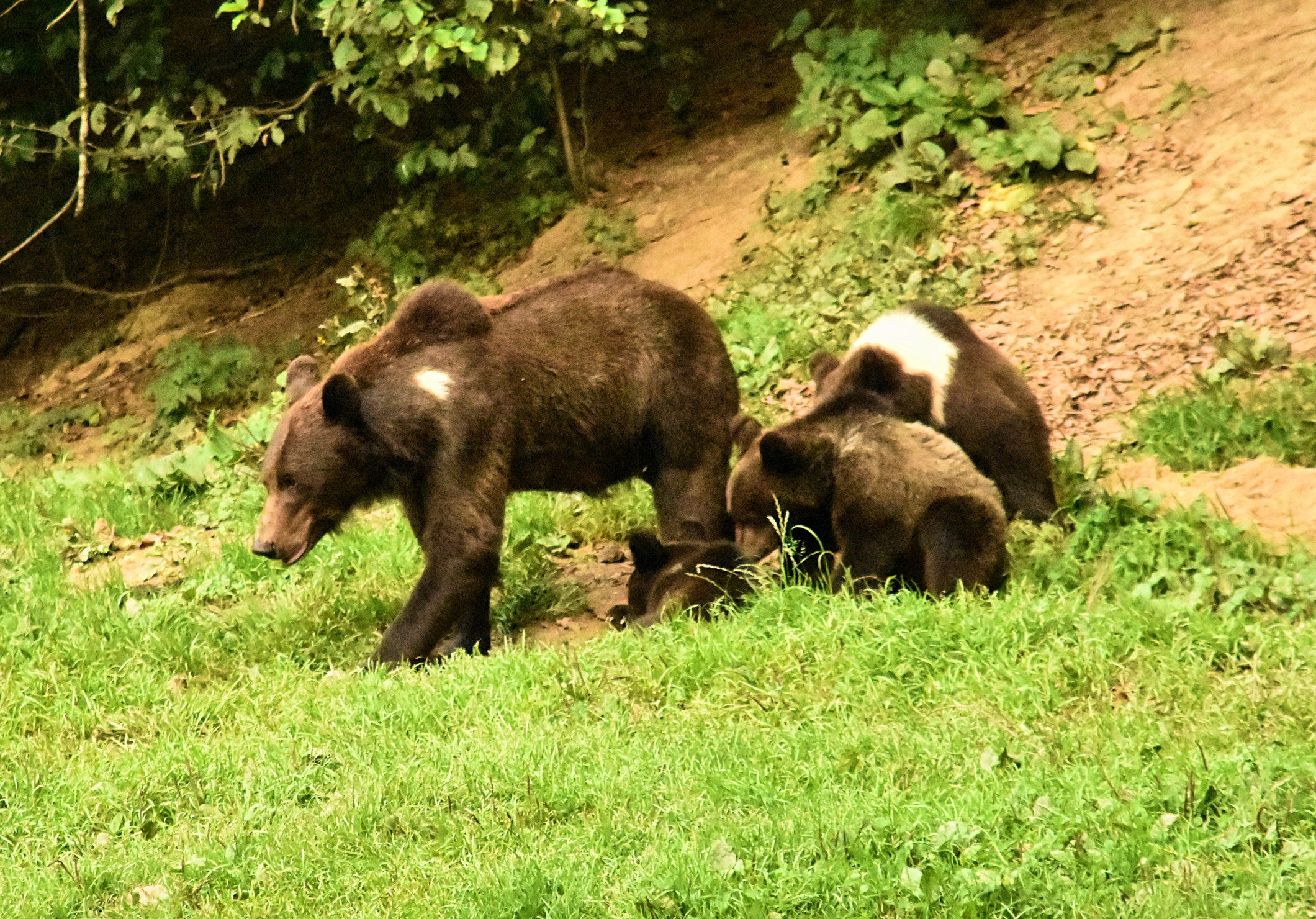A wildlife lover’s guide to Cape Town
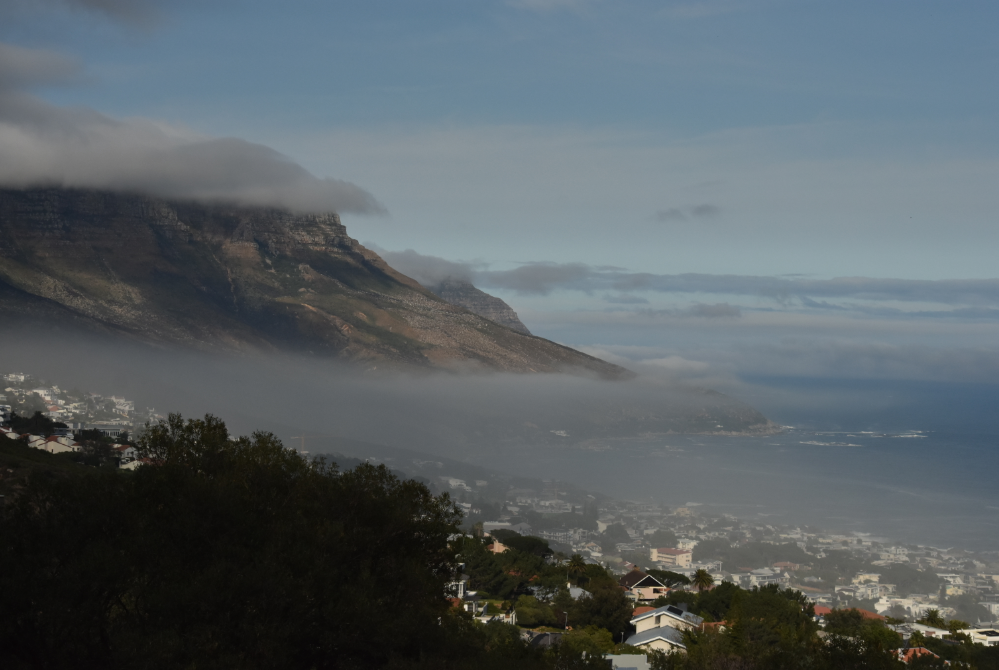

What’s all this then?
Since you don’t live under a rock without wifi, I’ll assume you know what Cape Town itself is. People on an odyssey around South Africa wouldn’t deign to leave this city off their itineraries for good reason. It shouldn’t be any different for wildlife enthusiasts, no short supply of them in this country. Thanks to a combination of decent, safe public transport, a network of hostels, plenty of cheap eateries and supermarkets and a real drive to protect its nature, CT is an easy enough place to go looking for wildlife. In most cases, urban safaris consist of; finding a park, admiring a few birds and other small animals, maybe deer, then moving on to the countryside for the high rollers – that last step is redundant since much of CT is countryside, beautiful countryside at that, and big ticket species are well-entrenched here.
What can I see and how can I do it cheaply?


To start off, African penguins are the most famous animalian residents. Boulder’s Beach is almost as quintessential an attraction as Table Mountain, lying at the eastern end of Simon’s Town, a fifteen minute walk away from the train station. It actually consists of two beaches, each with its own ticket office and barrier. The entry fee is a pretty modest R76, but you can also see them for nothing; a boardwalk connecting the two is free to access and is where most of them have their nests, where you can watch the chicks getting tickled and fed fishy boke by their parents. You can also find them wandering around the car park – in fact, be careful if driving off! Paying the fee gets you access to boardwalks leading down to the beaches themselves, so is only really needed if you want to see them swimming around. If you need to be as time-efficient as possible, there are smaller colonies on Seal and Robben Island.
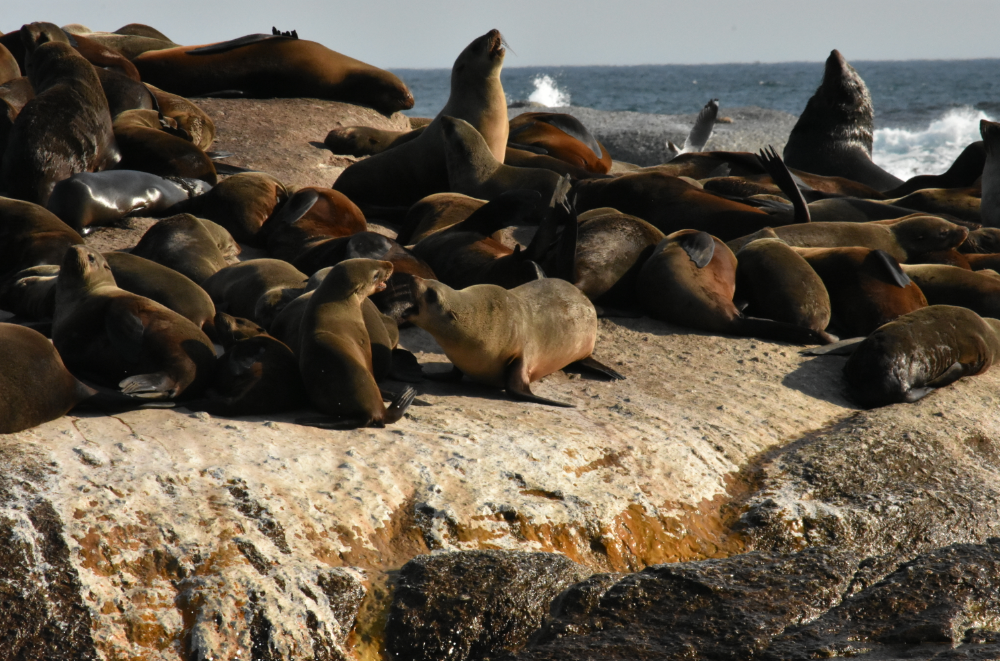

Boat trips to spot whales and sharks are where the most massive savings are to be had, with whale-watching running at R900 and cage diving with great whites going for around R1700. Whales only visit from May-September, with July and August being the best times. If seeing whales from a distance rather than 10m is lekker enough, you can head to several towns and view them from land for free – anywhere from Fish Hoek to Simon’s Town is reliable enough, and Hermanus is known for whales coming to within a hundred metres of land. However, keep your eyes out any time you’re by the sea. From Green Point’s promenade I managed to see a pair of dolphins, and I even managed to see a whale off in the distance on a bus from Camps Bay to the city centre!
If you would still rather get out there, bear in mind that trips are often cancelled due to rough seas and I was unlucky myself. Most companies will simply not bill you or refund any payments easy-breezy. The best value way to see everything is to get on a boat trip to Seal Island; to make things crystal, I’m talking about Seal Island off Simon’s Town, not Duiker Island off Hout Bay. Currently, there is only one company that heads that way (the creatively named Simon’s Town Boat Company) but their SI trip costs half the price of a whale watching trip and uses a boat legally permitted to approach any whales encountered along the way – and given the ease of terra firma viewing, this is far from a half-measure. The main purpose will be to see a rock enormous enough to be called an island, covered in sea lion-like fur seals and with small seabird colonies. As for sharks, this option will require more luck and you should certainly go for the morning trip. If you want a better chance, you can generally get a discount by viewing from the deck rather than the cage with the Gansbaai trips but definitely shop around, and don’t assume the discount will be that huge. Lastly, if it’s just seals on a rock you’re after, a fourty minute trip departs from Hout Bay’s marina, operated by a few different companies, plus there are a few hanging around the V&A Waterfront.
Cape Point reserve may or may not be worth your while; it is home to ostriches and baboons, both of which you’ll probably see anyway if you’re going on safari later, and a number of antelopes (eland, bontebok, hartebeest and springbok) which can also be seen on, none other than, Robben Island. Being Mandela’s prison and a museum, RI can only be visited on a R350 tour which is said to give sufficient time to see its penguin colony but as for the antelopes, a quick view from the ancient buses might have to do. Like with whale watching, trips are often cancelled when the sea is too choppy, and they have apparently been difficult about refunds at times. Cape Point costs R147 for entry plus however much car hire is. Pick your poison.
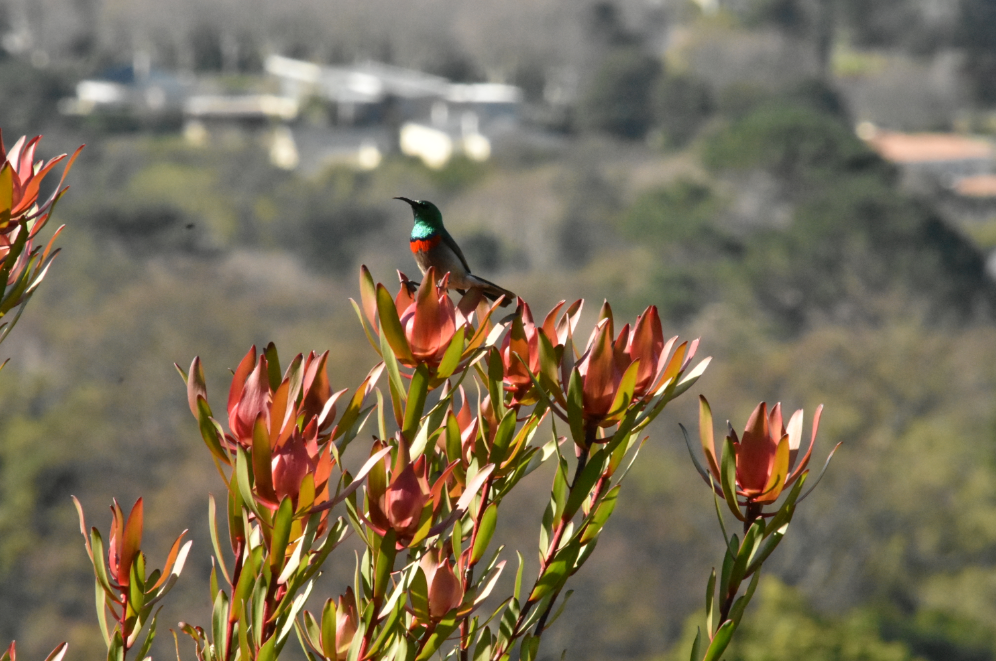



Finally, Table Mountain NP has plenty of bird species due to the mixture of forests and fynbos, a dry, flowery biome only found in the Cape region. There’s no shortage of trails to trek and a bunch of different sites, but if you’re short on time only one stop is really necessary; Kirstenbosch botanical gardens. Worth seeing in their own right for the variety of plants and views of the mountain slopes on offer, the gardens are quite possibly the best place for bird photography I have ever been to. Everything is used to humans so filling the frame with even a small subject is no issue, and the strange sugarbirds, chubby spurfowls and sunbirds who appear to compete with the flowers for vividness of colour sweeten the deal to nectar levels. To top it off, a family of spotted eagle owls live here and they aren’t difficult to find during the day. Most people find them in a tree near the entrance (ask the staff for directions) but I actually got incredibly lucky and came face to face with one on the famous Boomslang boardwalk – it truly was one of those moments I had to mentally rewind whilst my jaw dropped.


How do I get to these places without a car?
Ever a tricky question in South Africa, and usually car hire is the cheapest option. It is essential if you want to go to Hermanus or Gansbaai without paying for a shuttle or tour, which will be more expensive. Uber and taxis are options all over CT, right down to Cape Point, but while fares pale in comparison to those in the west they don’t beat driving. MyCiti buses are the best option where available and serve most of the CBD down to Camps Bay, but you need a card to pay fares which can only be purchased at glass stations on their main route from the airport to the V&A Waterfront.
Getting to Simon’s Town means taking Metrorail’s southern line from central station, and at present a replacement bus is running between Fish Hoek and Simon’s Town. Trains can often be delayed, and neither sound nor look tip-top, but this line is safe enough to travel on if you follow a few rules; don’t travel at night, try not to be on your own (I had to break this one, but it all turned out fine), don’t flash valuables, etc.
Getting to Kirstenbosch either requires taking the train then an Uber from Claremont Station, or going on the red hop-on-hop-off bus’ mini peninsula tour, costing R125/R180 respectively. The latter option is good for accessing a bunch of other attractions, including the World of Birds, Hout Bay and wineries, so worth considering.
Where should I stay/ eat?
Like any other city, there’s a bounty of options. The cheapest hostels you’ll find out there are on Long Street, a party strip equal parts loved and hated among Capetonians, but getting a good night’s sleep here is probably wishful thinking. Aside from there, most cheap accommodation is found to the east of the CBD in up and coming neighbourhoods like Observatory and Woodstock. I personally stayed at Wish U Were Here Backpackers, a classic case of old-new interior design with a braai and outdoor bar in the courtyard and shops right outside the entrance.
A day’s worth of groceries for my hearty appetite ran around R125 (buying more meats for braaiing definitely pushed this up) when bought from Pick n Pay or Spar. Woolworths is the most expensive option but the only one you’ll find in the airport, and if your flight arrives at night then a couple of pies microwaved to scalding levels is the best option. In terms of cheap eats, fresh seafood from chippies in the seaside towns and Indian or Malay eateries in the CBD are your best options.
Is Cape Town safe?
While treating CT like a war zone is completely unnecessary, its European feel can lull you into a false sense of security and though common sense certainly goes a long way, it’s only a starting point. CT requires extra precautions you wouldn’t take at home.
-Most of this advice applies to the CBD and seaside towns. Townships on the Cape flats are safe to enter on a guided tour but very dangerous otherwise, day or night. There’s not much chance of accidentally ending up in them, apart from boarding the wrong train or bus – so double check the line and destination.
-To avoid muggings, avoid isolation. Whether it’s on the train, on the beach, hiking or walking down the street, make sure there are others around. To that end, the streets pretty much become deserted after dark and the only areas that are truly safe to walk around at night are the V&A Waterfront and Camps Bay – everywhere else, take an Uber from one door to the next. Taking public transport isn’t really recommended at this time either, since even a short walk from the stop or station to your lodgings can turn sour. If you’re stingy like me about such things, choose a hostel with a good kitchen or reasonably priced bar and make a point of being behind the gate before dark.
-Following that previous step, pickpockets are now your main problem. For a start, always be spatially aware and keep an eye on your belongings. My jacket and body warmer have interior pockets, so I used them. Make sure you have easily accessible small change so that you’re not thwacking out your wallet for any lowlifers to see. Pickpockets will often try to get into your personal space, whether directly in the case of beggars or through trickery – near my hostel, there was a guy who kept dropping his keys as people passed him, so that they’d pick them up, hand them to him and give him the opportunity he needed.
-That pretty much takes care of the human threats. Table Mountain has also claimed plenty of lives, but this either happens by getting lost and dehydrated or cliff edge selfies that went wrong – just come prepared with a map, water and an IQ above 30 and you’ll be fine. Baboons can also be aggressive if they think you have food, so don’t get too close to them and don’t give them any reason to think you do.
How much do things cost?
Dorm bed in a good hostel (AKA not Long Street): R180
Eatery meal with a coke: R90
Woolworths pies: ~R25 each
Metroplus fare from CT-Simon’s Town: R16.50
Kirstenbosch Gardens entry: R65
Seal Island boat trip: R450
Boulders Beach: R76
Duiker Island 40 minute trip: R75

